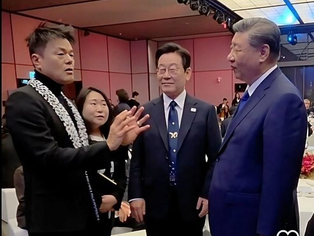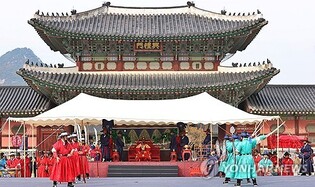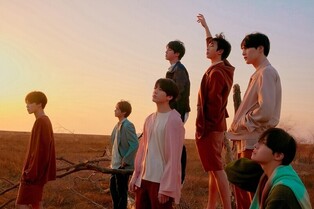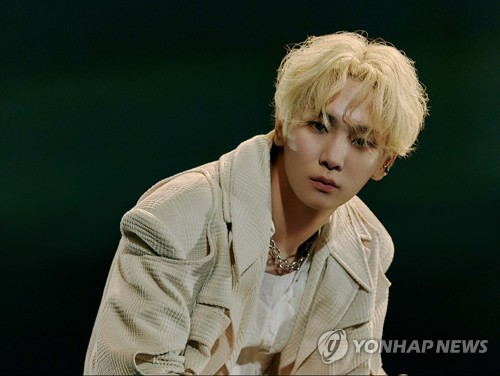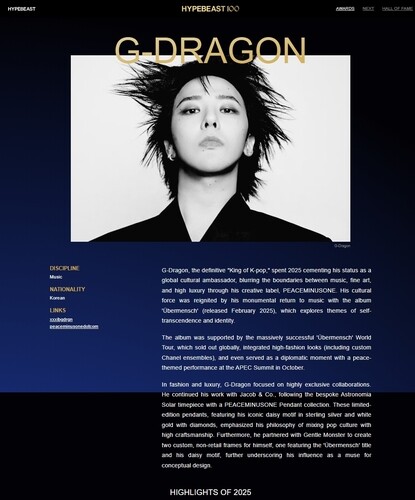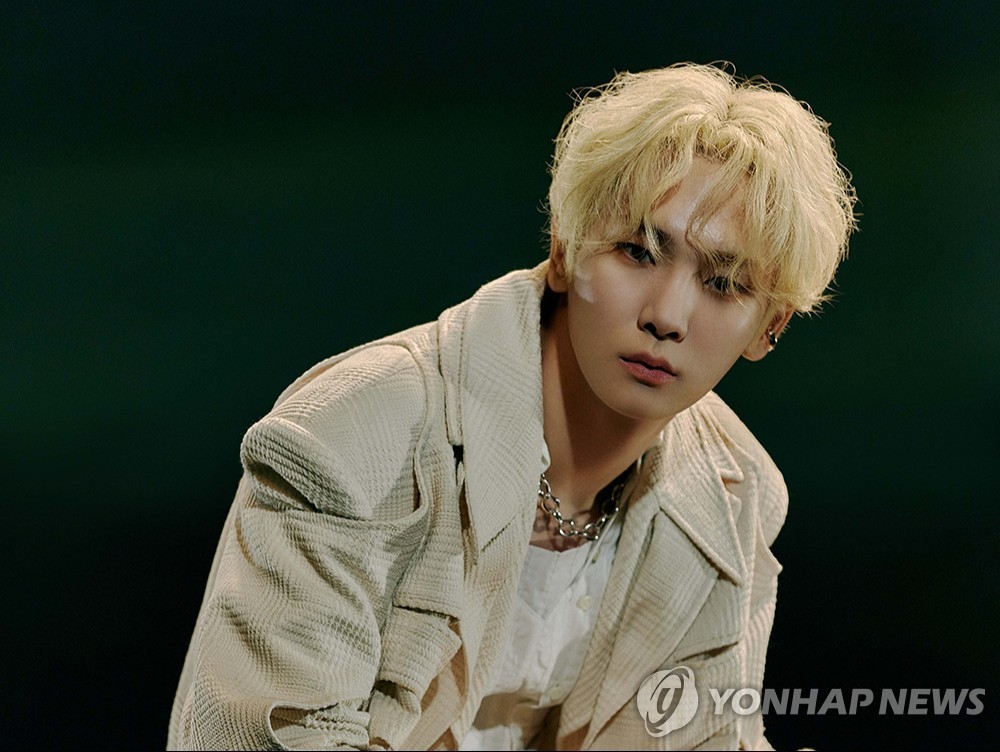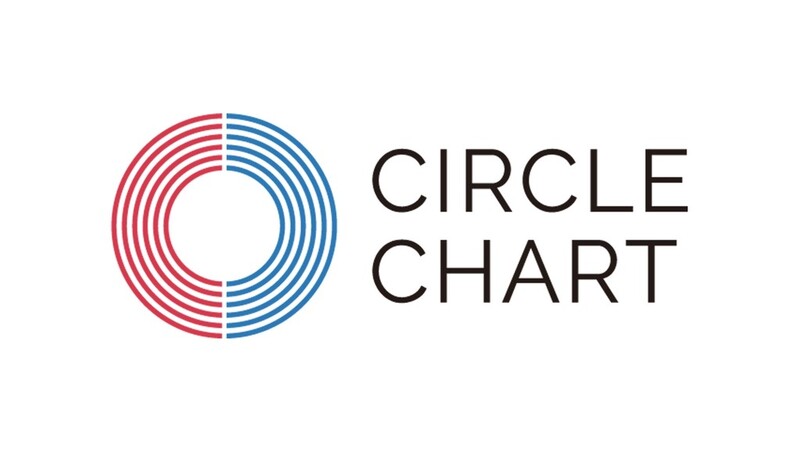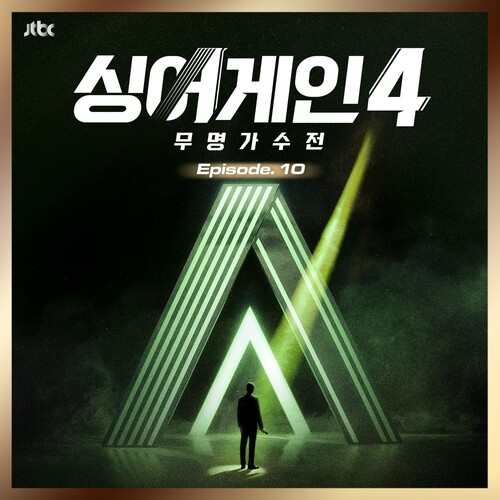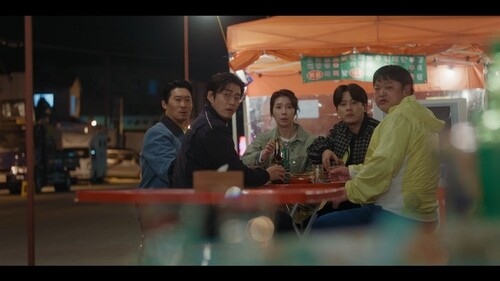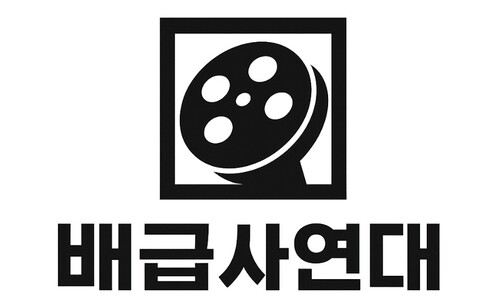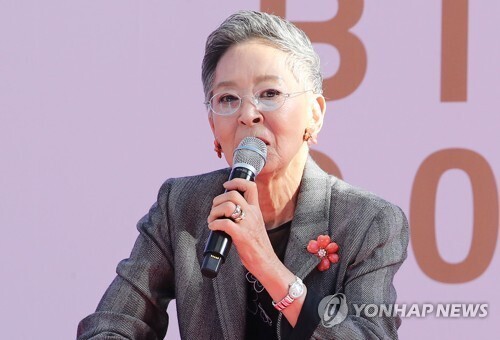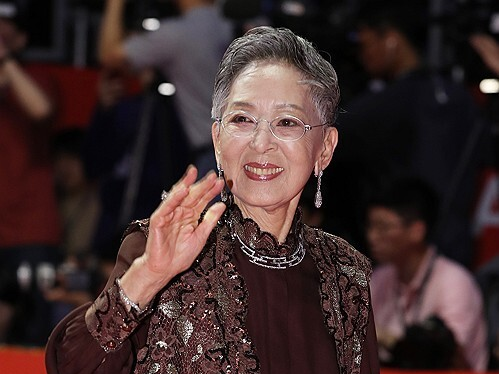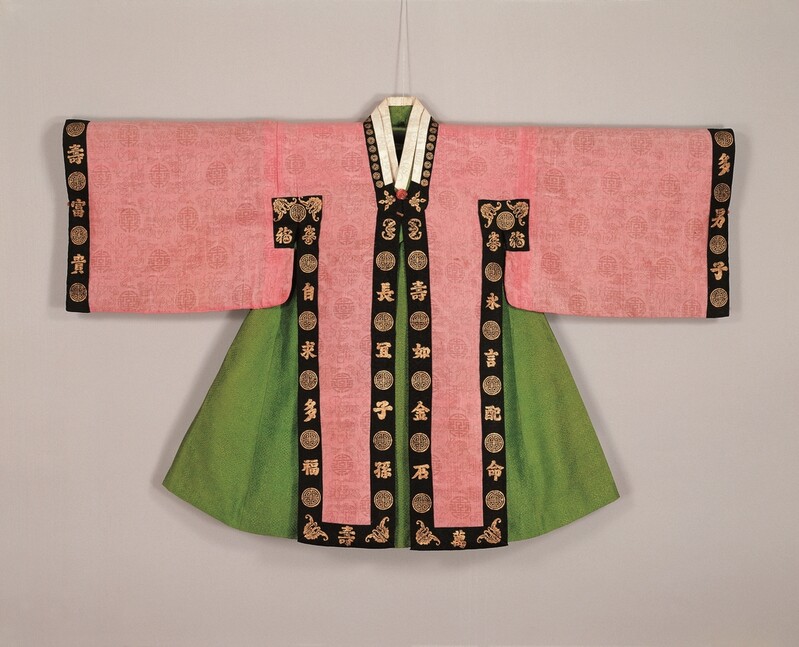 |
| ▲ This photo, provided by Sookmyung Women's University, shows the "Sagyusam" and "Changyi," which are both Korea's traditional children's clothing worn during the Joseon Dynasty. (PHOTO NOT FOR SALE) (Yonhap) |
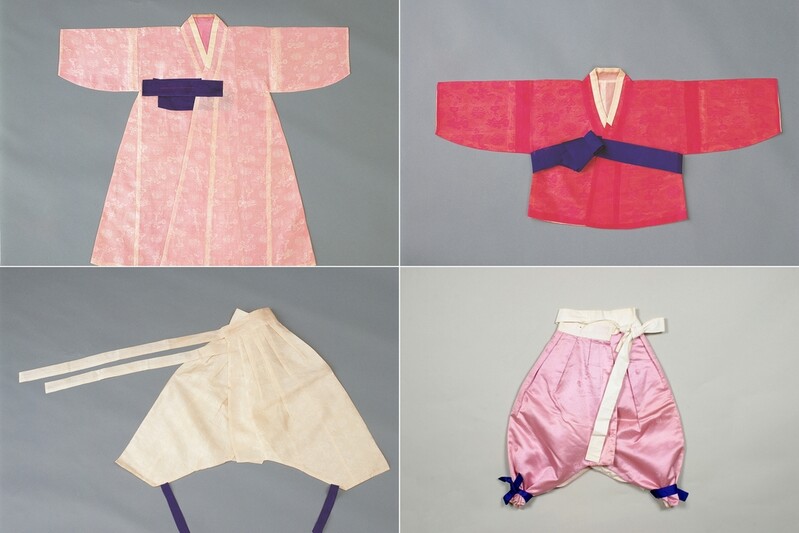 |
| ▲ This photo, provided by Sookmyung Women's University, shows (from top left clockwise) Durumagi, Jeogori, and two types of pants worn by boys. (PHOTO NOT FOR SALE) (Yonhap) |
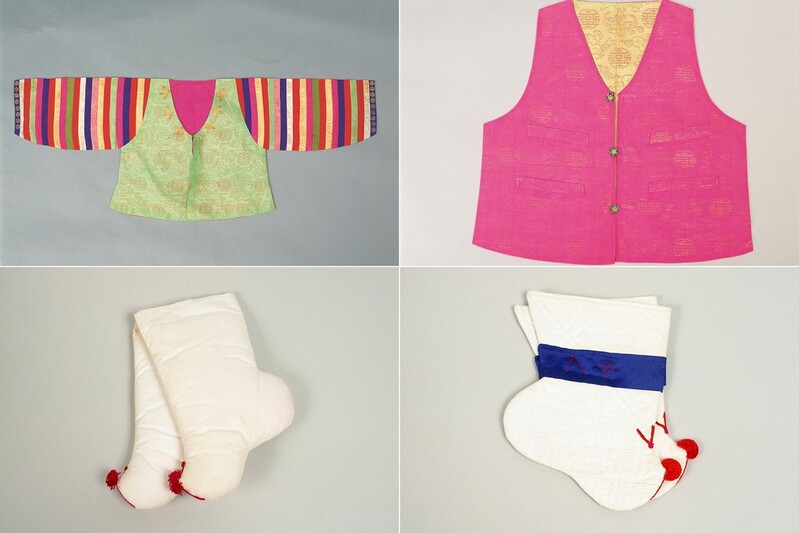 |
| ▲ This photo, provided by Sookmyung Women's University, shows vests and traditional socks called "Beoseon" worn with Hanbok. (PHOTO NOT FOR SALE) (Yonhap) |
SEOUL, Aug. 19 (Yonhap) -- A collection of children's clothing, which is said to have been made for Yi Un (1897-1970), also known as King Yeongchin, the last crown prince of the Korean Empire, has become a national folk heritage.
Nine pieces of children clothing for Yi Un, which gives insight on the culture of children's attire within the royal family in the Joseon Dynasty, will be designated as a National Folklore Cultural Heritage, according to the Cultural Heritage Administration on Thursday.
The remains of the royal attire were donated to Sookmyung Women's University in 1998 and is said to have been kept by Yi Bangja, the consort of crown prince Yi Un.
"The clothes were said to be made for Yi Un, but due to the size of the clothes and lack of evidence, it is hard to conclude that the crown prince actually wore these clothes," the Cultural Heritage Administration explained. "However, the clothing items are recognized as a cultural heritage because the main characteristics of the clothes worn by the royal family during the Joseon dynasty are well displayed."
The clothing pieces are composed of "Sagyusam" (a formal robe worn by a boy), "Changyi" (clothes worn under an outer garment when going outside), "Durumagi" (overcoat worn on top of Hanbok), Jeogori" (upper garment of Hanbok), vests, "Beoseon" (traditional socks worn with Hanbok), and other traditional clothing.
Based on investigations made by experts, the children clothes recently found closely resemble the button, material, and patterns found on clothes of Yi Ku (1931-2005), the son of King Yeongchin, which were recovered from Japan and designated under the name of "Clothes and Accessories Worn by King Yeongchin and his Family" as a National Folklore Cultural Heritage in 2009.
The Cultural Heritage Administration decided that these assets are significant because the "Sagyusam" and "Changyi" are high in scarcity, the "Jeogori" shows the characteristics of children's clothing during the Joseon Dynasty, the vests show changes in sewing methods and the overall material and patterns of the clothing are in good condition.
The Cultural Heritage Administration will collect and review opinions from different representatives for 30 days and decide whether to designate the clothes as a National Folklore Cultural Heritage.
(END)
(C) Yonhap News Agency. All Rights Reserved








